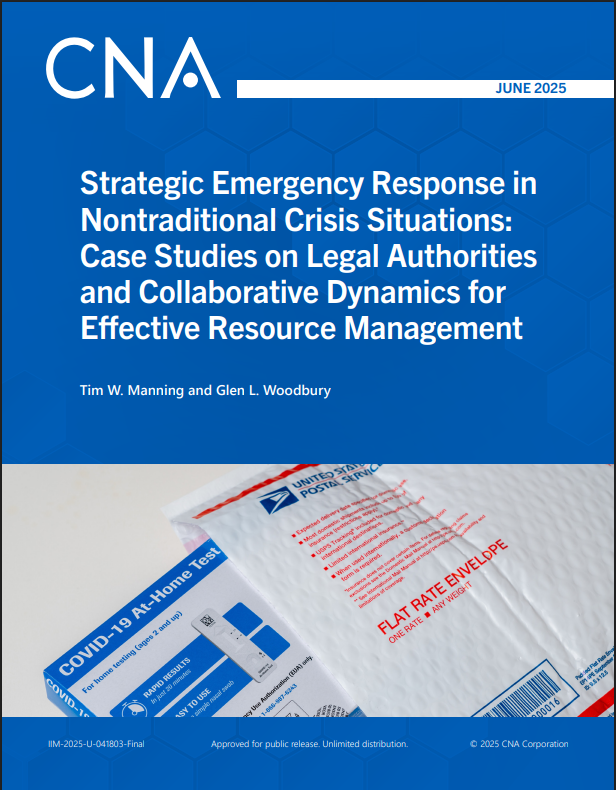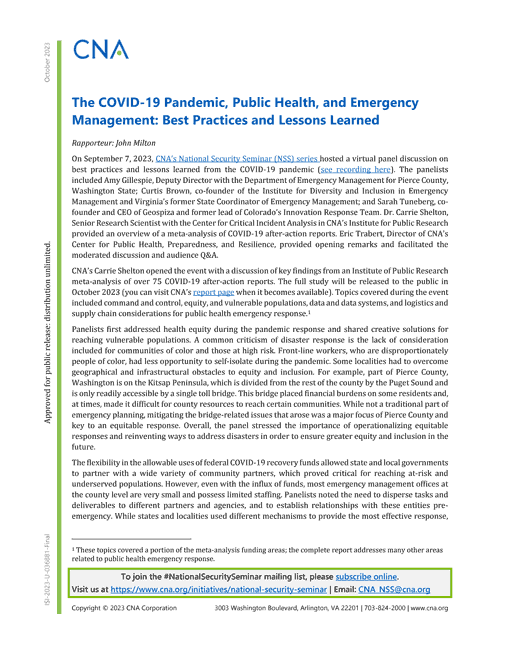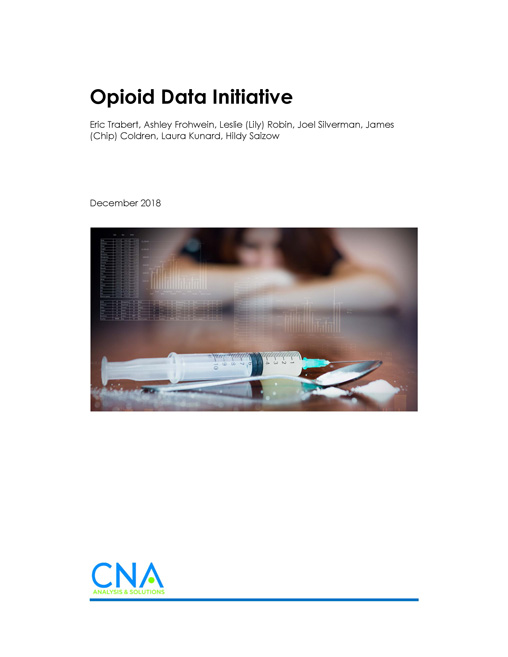Overview
Course objectives and outcomes
The objective of this course is to explore how legal authorities and collaborative dynamics can be integrated to enable more effective resource management and procurement during nontraditional crises and achieve challenging policy outcomes. Through an exploration of two case studies based on the government’s response to the COVID-19 pandemic, participants can discuss alternative approaches to achieving successful outcomes, consider opportunities for building cohesive team structures, and analyze examples of public-private collaboration and industrial policy.
Using past experiences as a guide, students and participants in this course will learn how to use both innovative approaches and traditional practices to solve complex procurement problems in emergency situations.
Target audiences
This class may be taught in its entirety or modified to accommodate a particular audience’s learning needs and time availability. With either approach, the three primary audiences of this course will be as follows:
- US government executive branch personnel, members of Congress and their staff, and others who may be responsible for federal emergency procurement and provision of resources during future events
- Officials of state, local, tribal, and territorial governments who are or may be responsible for emergency procurement and provision of resources during future events
- Students and participants in academic and training programs focused on degrees or topics related to areas such as emergency management, homeland security, national security, and defense
Course organization
This course is organized into five modules. Module 1 provides an introductory lesson designed to set the stage for deeper exploration of the course objectives. Module 2 provides foundational background on existing legal, doctrinal, and procedural frameworks for resource management in disasters in the United States. Modules 3 and 4 both introduce case studies from the COVID-19 pandemic response that illuminate key challenges and highlight nontraditional policy and operational responses to those challenges. Module 5 presents an analysis and integration exercise that affords an opportunity for critical examination and synthesis of the case studies.
The course structure is designed to allow it to be taught as a whole or to have relevant modules excerpted and used on their own in appropriate instructional contexts. Instructor-specific content is presented in blue boxes, allowing it to be easily removed to become a student-only version of the material.
Download reportApproved for public release. Unlimited distribution.
Details
- Pages: 40
- Document Number: IIM-2025-U-041803-Final
- Publication Date: 7/8/2025


